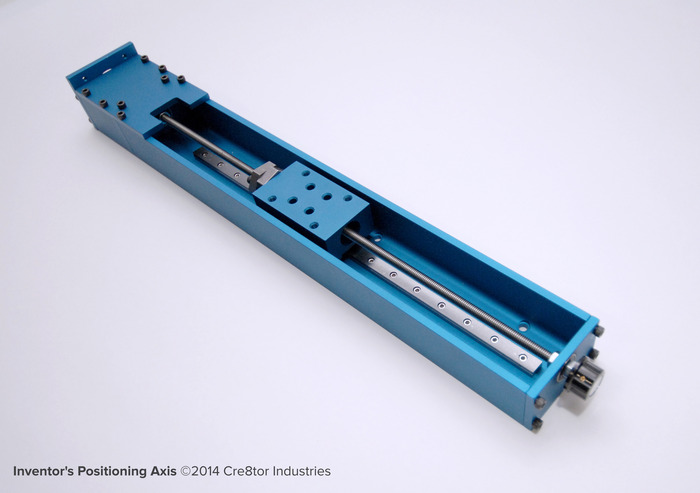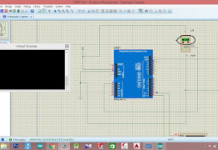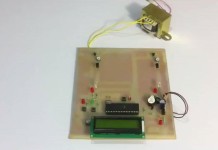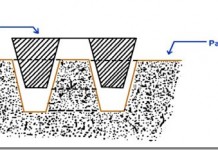LIMITATIONS, ADVANTAGES AND DISADVANTAGES OF COLD WORKING
LIMITATIONS OF COLD WORKING
1. The cold worked process possesses less ductility.
2. Imparted directional properties may be detrimental
3. Strain hardening occurs.
4. Metal surfaces must be clean and scale free before cold working.
5. Hot worked metal has to be pickled in acid to remove scale, etc.
6. Higher forces are required for deformation than those in hot working.
7. More powerful and heavier equipments are required for cold working.
ADVANTAGES OF COLD WORKING
1. In cold working processes, smooth surface finish can be easily produced.
2. Accurate dimensions of parts can be maintained.
3. Strength and hardness of the metal are increased but ductility decreased.
4. Since the working is done in cold state, no oxide would form on the surface and consequently good surface finish is obtained.
5. Cold working increases the strength and hardness of the material due to the strain hardening which would be beneficial in some situations.
6. There is no possibility of decarburization of the surface.
7. Better dimensional accuracy is achieved.
8. It is far easier to handle cold parts and it is also economical for smaller sizes.
DISADVANTAGES OF COLD WORKING
1. Some materials, which are brittle, cannot be cold worked easily.
2. Since the material has higher yield strength at lower temperatures, the amount of deformation that can be given to is limited by the capability of the presses or hammers used.
3. A distortion of the grain structure is created.
4. Since the material gets strain hardened, the maximum amount of deformation that can be given is limited. Any further deformation can be given after annealing.
5. Internal stresses are set up which remain in the metal unless they are removed by proper heat-treatment.
Source A Textbook of Manufacturing Processes and Workshop Technology by Rajender Singh.















